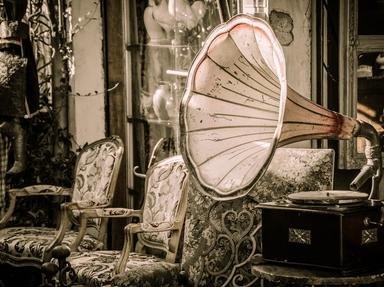Quiz Answer Key and Fun Facts
1. In many of the adverts you see references to a "Steam Packet". What would that be I wonder?
2. John Parr & Co, Job & Post Masters, advertised "A set of Black Ostrich Plumes may be obtained on moderate terms". On what occasion would you probably use them?
3. Peacock's was selling "Anti-Sargassian Conservative paint". Where would you use it?
4. Hall, dispensing Chemist, was selling "Camphorated Chalk". What was this for?
5. J Taylor Dore & Co. included "Ticks and Huckabacks" among their offerings. What were they?
6. There were frequent references to the occupation of "bell-hanger". Surely there were not enough churches needing bells to keep these people in employment so where else would they work?
7. Alfred Mordaunt paid for an advert that started with a long article explaining a new treatment, went on to describe ways that it could be used, and finally included half a dozen testimonials. His method was called "galvanism". What form would it take?
8. Ellyet's sold "paletots and Parama" clothing. What was a paletot?
9. The advert from W Pearce, Chemist & Druggist, included this:
"A Splendid and very extensive Assortment of Richly cut smelling bottles". What ever were they for?
10. William Jones, Brush & basket manufacturer, was offering "A large stock of the best Turkey Sponge at reasonable prices". What would you do with this commodity?
11. Mr C Pope had a range of clothing for sale, including "Bombasins, china crapes, Challi dresses, and pelisses". So what was a pelisse?
12. Palk the Chemist sold "Eximory Powder". For what purpose?
13. Frederick Churton was "Engineer, Iron Founder and General machinist". The items he manufactured included "Cranes and Crab Engines". What was a Crab Engine?
14. At Dawes and Wood, Chronometer, Watch and Clock-makers, you could have "Verge watches converted into levers" . What was a "Verge Watch"?
15. At Wilkinson's the cake makers, the last line of their advert was "Tops and Bottoms on the Hamburgh principle". That has me completely baffled (so far), so I'll ask about another of their offerings, "Rout Cakes" When would they be eaten?
Source: Author
davejacobs
This quiz was reviewed by FunTrivia editor
bloomsby before going online.
Any errors found in FunTrivia content are routinely corrected through our feedback system.
